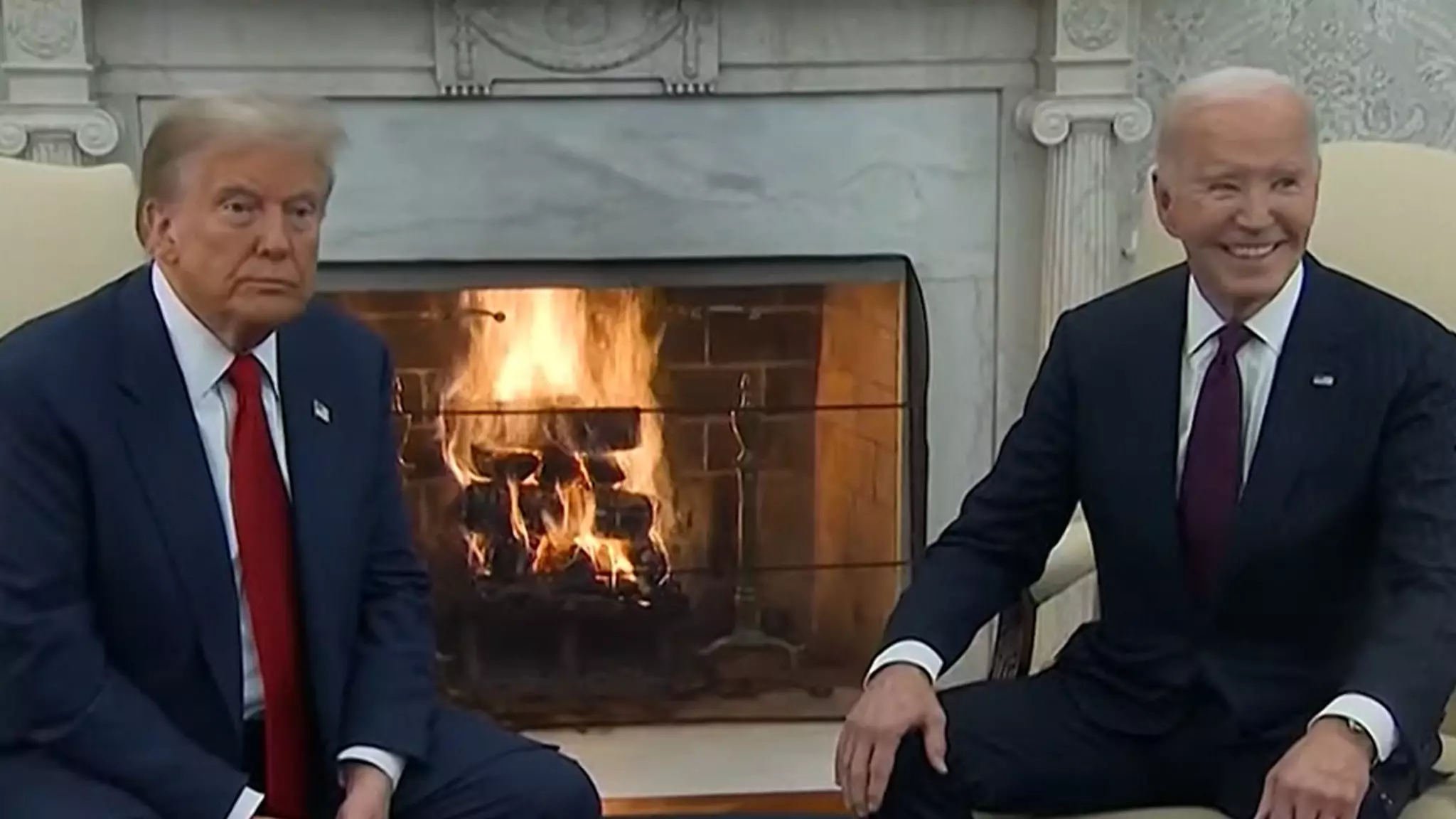The transition of power between U.S. presidents is pivotal in maintaining the stability and integrity of the democratic process. Recently, President-Elect Donald Trump visited President Joe Biden at the White House for a meeting that symbolizes a new chapter in American politics. This meeting, although clouded by past adversities and conflicts, reflects a crucial commitment to carry on the nation’s governance without disruption. Such meetings have been institutionalized in American politics, serving as an opportunity for outgoing and incoming leaders to engage in dialogue for the betterment of the nation.
It is significant to note the historical backdrop of these transitional meetings. Traditionally, when a president-elect assumes office, the outgoing president invites them for a cordial engagement to discuss pressing matters and facilitate a smooth transition. In 2016, despite the heated rhetoric during the election campaign, President Obama extended an olive branch to Trump post-election. In contrast, the past election cycle saw a notable absence of courtesy, as Trump refrained from doing the same for Biden due to his non-acceptance of the election results from 2020. This contrast underlines the growing polarization in American politics and the challenges that accompany leadership transitions in a divided country.
The atmosphere surrounding this recent meeting was compounded by controversies surrounding the Trump presidency, particularly the events of January 6, 2021, when the Capitol was stormed by Trump supporters. This incident has had lasting ramifications, raising vital questions about electoral integrity, civic responsibility, and the peaceful transfer of power. In this context, Trump and Biden’s discussions are not just ceremonial; they also serve as a vital reminder of the importance of preserving democratic norms and ensuring cooperation amidst strife.
As the meeting concluded, the focus quickly shifted to Trump’s early cabinet announcements. Among major revelations was his intent to establish a new agency called the Department of Government Efficiency, or DOGE, co-led by none other than Elon Musk, a figure synonymous with innovation and controversy. This initiative aims to bring a tech-savvy approach to governance, underscoring Trump’s commitment to reshape the fabric of federal operations. On the other hand, Trump’s forthcoming appointments signal a return to conservative principles, impacting key national policies.
Despite the tension, both leaders posed for cameras, highlighting a façade of unity or at least decorum. However, this was juxtaposed against a backdrop of rising discontent evident in Melania Trump’s absence from the First Ladies’ meeting, citing grievances linked to the FBI raids on Mar-a-Lago. Such sentiments echo among Trump’s supporters and underscore the complications that still linger after an emotionally charged election cycle.
While the meeting between Trump and Biden is a necessary step in American political tradition, it serves multifaceted purposes. It underscores the importance of upholding democratic values, addresses the complexity of past grievances, and opens dialogues for future governance, all while encapsulating the current tensions that define 21st-century politics in the United States.

